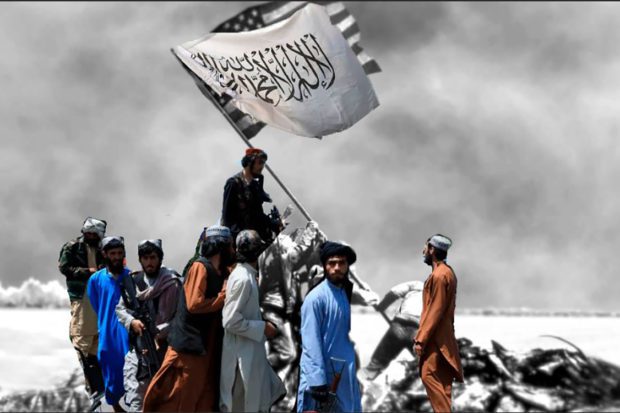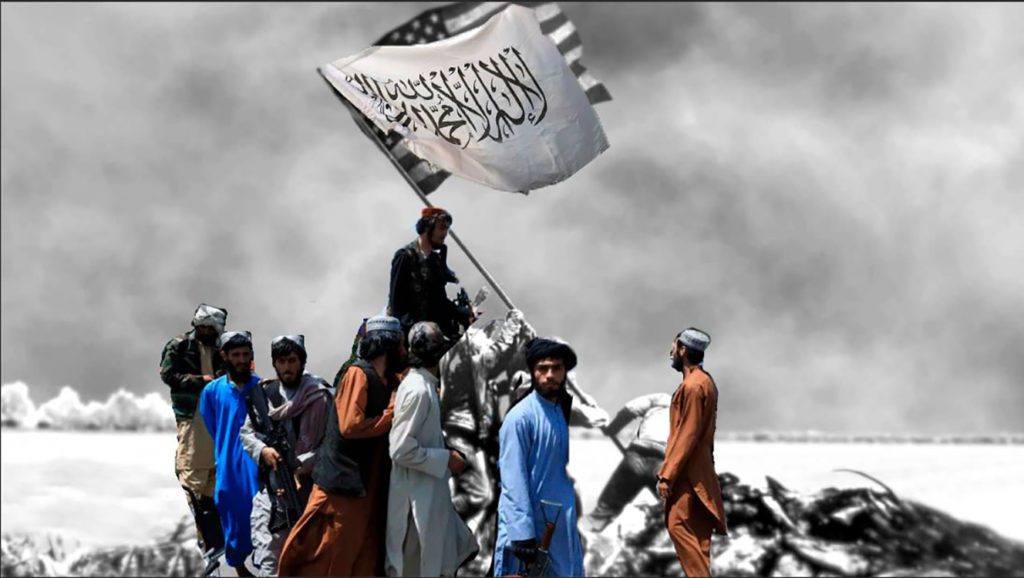

By Homer Gee Greene Jr.
The United States has exited the long 20-year war with Afghanistan and the Taliban. Over these 20 years, the United States has trained and equipped the Afghan national security force.
Prior to the U.S. departure, the Biden administration assumed that the 300,699-person national security force would fight and hold the Taliban in their positions for a few months. During those months, the United States would execute an orderly withdrawal of American citizens, Afghans who assisted the United States in managing the country, allies from other countries and strategic partners in their escape from a failed war. Well, this did not happen.
The Afghan security force consisted of 182,071 army and air force and 118,628 police and paramilitary security units. What happened was that the Afghan national security forces failed to fight and left the battlefield and the cities to the Taliban. All the U.S. military equipment that the Afghan national security forces were to use against the Taliban now is in the possession of the Taliban.
What types of United States military equipment did the Afghan national security forces leave behind?
Equipment: 22,174 Humvees, 634 M1117, 155 MxxPro mine-proof vehicles, 169 M113 armored personnel carriers, 42,000 pickup trucks and SUVs, 64,363 machine guns, 8,000 transport trucks, 162,042 radios, 16,035 assault rifles, 358,530 assault rifles, 126,295 pistols and 176 artillery pieces (U.S. Government Accounting Office)
Helicopters: 33 Mi-17, 33 UH-60 Blackhawk, 43 MD530
Fixed-wing aircraft: 4 C-130 transport, 23 Embraer EMB 314/A29 Super Tucano, 28 Cessna 208 and 10 Cessna AC-208 strike aircraft. (Special Inspector General for Afghan Reconstruction)
It is my hope that all these U.S. weapons and equipment will be used in the Taliban’s war against ISIS-K terrorists, who are the sworn enemy of the Taliban. The Biden administration should look at the failure of the Afghan security forces as beneficial in that the Taliban will be better equipped militarily to battle and defeat ISIS-K, which is also an enemy of the United States.
There is a Biden Doctrine beginning to take shape that basically says: “a foreign policy that avoids the aggressive tactics of forever wars and nation-building while uniting allies against the authoritarianism of rising powers.” In addition, this doctrine “calls for conducting operations against the groups from afar, or “over the horizon.” That means fewer American service members killed in the process, the Pentagon hopes” (New York Times).
If I could add to the Biden Doctrine, I would add that if your enemy is my enemy and a threat to my nation, we will help you defeat our mutual enemy or enemies. The enemies of the United States in that region of the world are al-Qaida in the Arabian Peninsula (AQAP), al-Qaida in the Islamic Maghreb (AQIM), the Islamic State in Somalia and the Islamic State in the Khorasan (ISIS-K) (Fresno Bee).
If the Taliban would like to assist us in defeating any of these enemies by using any of the weapons or equipment that we left behind in our defeat and hasty retreat, that is fine by me.
In the dialectic of war, one can never predict the victors at the end of a war. In the Middle East, the United States has lost two wars and won one: Iraq war, eight years, defeated; Afghanistan war, 20 years, defeated; and the Kuwait war, 42 days, and a victory.
A brief history of America’s defeat in Middle East wars: George W. Bush started both the Iraq and Afghanistan wars; President Obama ended the Iraq war in defeat and could have ended the Afghan war after the killing of Osama Bin Laden; Trump surrendered to the Taliban; and Biden ended the forever wars in the Middle East with America’s departure from Afghanistan.
George W. Bush wanted to bring democracy to the Middle East, and this was his conceptual mistake or hubris. America or any nation cannot bring democracy to Islamic states by invading them and imposing a Jeffersonian democracy upon them. Democracies have to develop from the ground up, not from the top down. The people must want it.
Plato would argue that democracies are where the mob rules. The mob in Afghanistan did not want a Jeffersonian democracy and the Taliban fought against its imposition for 20 years. The people or the mob must want democracy, and it must reflect the cultural and political beliefs of the mob. Democracy cannot be imposed by an outside invading and occupying military force.
Hopefully, Republicans will learn from their defeats in the Middle East and never get us into another forever war.
*****
Homer Gee Greene Jr. is a freelance writer and photographer, documentarian for the Clark Bonsai Collection, and founding partner and business manager for the start-up tech company: ScholarDev LLC. Retired from Fresno City College
